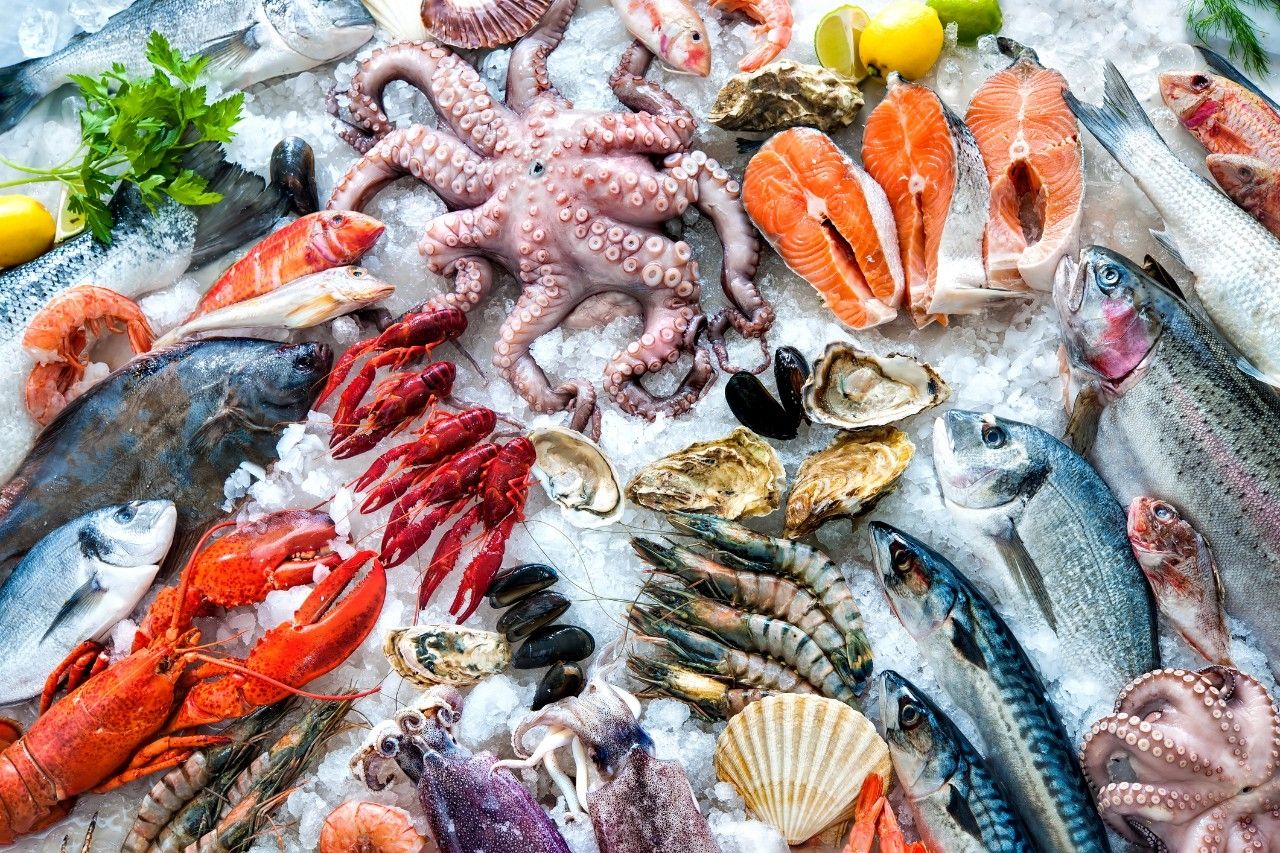[ad_1]

Although oysters have a reputation as an aphrodisiac, it’s not actually clear why seafood may influence a couple’s sexual activity and odds of becoming pregnant.
(iStock)
Couples may have an easier time conceiving if both the man and the woman eat seafood more frequently, a new study suggests.
In the study, the researchers found that couples who included more seafood in their diets had sex more often, and tended to get pregnant faster, than couples who ate less seafood.
However, the study only noted an association among seafood intake, sexual activity and fertility; it didn’t prove cause and effect.
What’s more, couples didn’t have to eat very much seafood — such as shrimp, canned tuna and salmon, among other types — to see an association between the consumption of these foods and their odds of getting pregnant. Couples in which both partners consumed two or more 4-ounce servings of seafood a week while they were trying to conceive took less time to become pregnant, and had sex more frequently, than couples who ate less seafood, according to the study, which was published online May 23 in The Journal of Clinical Endocrinology and Metabolism.
The findings stress the importance of both the woman’s and the man’s diet in the time it takes them to conceive, and suggest that both partners should incorporate more seafood into their diets for maximum fertility benefits, lead author Audrey Gaskins, a nutrition researcher at the Harvard T.H. Chan School of Public Health in Boston, said in a statement.
There has not been much research on the possible links between seafood and fertility, but the few studies that have investigated the relationship may have focused on the potential harms of seafood on fertility, such as exposure to mercury and other environmental chemicals that could have reproductive consequences, according to the study authors. These concerns may have led some women to shy away from eating fish when attempting to become pregnant, the researchers added.
Seafood and fertility
In the study, the researchers looked at data collected from about 500 couples in Texas and Michigan who were trying to have a baby and were not being treated for infertility. At the beginning of the study, the researchers interviewed each partner separately, asking how often he or she had consumed seafood over the past 12 months. The participants also kept daily records of their food intake at various points during the yearlong study.
After one year, 92 percent of the couples in which both partners had consumed more than two servings of seafood a week became pregnant, compared with 79 percent of couples in which both partners had consumed two or fewer servings a week.
Although oysters have a reputation as an aphrodisiac, it’s not actually clear why seafood may influence a couple’s sexual activity and odds of becoming pregnant. It could be that the omega-3 fatty acids found in some fatty fish, such as salmon and sardines, could have beneficial effects on semen quality in men, as well as ovulation and embryo quality in women, the researchers suggested.
Still, it’s hard to know from these findings whether the observed benefits resulted from eating more seafood or from reducing the intake of other fatty foods and having a better overall diet, said Dr. Frederick Licciardi, a fertility expert at NYU Langone Health in New York City who was not involved in the study.
Although fish is a very important part of a healthy diet, it’s too early to say that couples who eat more seafood will see changes in their fertility outcomes, he said.
One major weakness of the study is that it didn’t take into account the fertility history of the men and women, Licciardi told Live Science. For example, women in the study who consumed more seafood and got pregnant faster tended to be slightly older, on average, than women who ate less fish.
Older women may be more likely to have other children, which suggests that they have a proven fertility history, Licciardi noted. That could explain why it took these couples less time to become pregnant.
Originally published on Live Science.
[ad_2]
Source link

